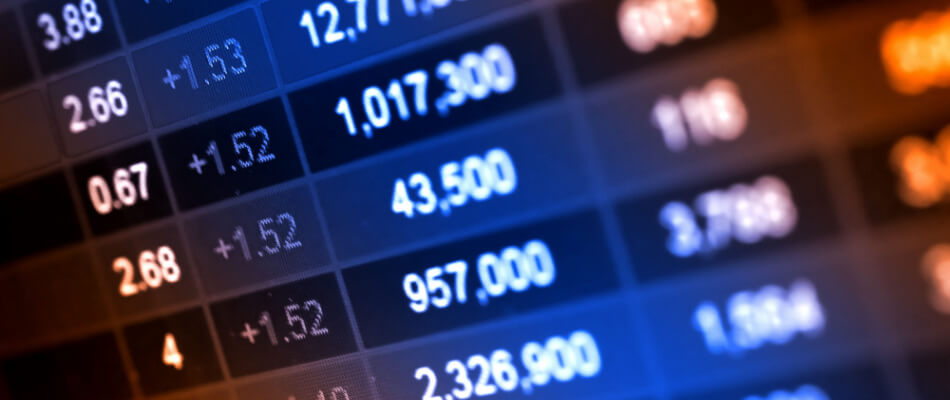Bonds in brief
If you want to borrow money for a large purchase as an individual, you will often approach a bank for this. Companies and governments that want to borrow money have, in addition to taking out bank loans, an additional borrowing option in the form of bonds. These are negotiable securities on which, among other things, the amount borrowed, the term of the loan and the associated interest rate are stated. This interest is also called coupon interest in technical terms .
Bonds can have all sorts of different terms . For example, there are short-term bonds, where the loan is repaid after 3 months, for example. But there are also variants that have a term of one or more years. In addition, there are bonds without a fixed term. This last category of loans is then repaid by the borrower at irregular times. This is often done on the basis of a draw, where on a specific date, for example, bonds with a certain final figure are eligible for repayment.
There are also many different possibilities for the coupon rates mentioned earlier. For example, there may be a fixed coupon rate, where the owner of such a bond receives a fixed compensation each year. But there may also be a variable rate, which is linked to a specific market rate or certain economic developments. Read more about different types of bonds .
Corporate and government bonds
Bonds issued by large companies and national governments are in most cases traded on the stock exchange. This also means that a market of supply and demand is created, which ensures that the price value of a bond can change during its term. The prices in bonds are shown as a percentage. This percentage is linked to the nominal value of a bond. The nominal value is the original loan amount of a bond.
Suppose a bond has a nominal loan amount of 1,000 euros and the price of the bond is 104, this means that you can buy and sell this security for 1,040 euros. Incidentally, the price value is separate from the coupon interest that applies to a bond. Suppose that there is an annual coupon interest of 3 percent for such a bond with a nominal value of 1,000 euros, then the owner of that security will simply receive 30 euros each year, regardless of whether the price value is higher or lower than 100.
Price development
The price development of a bond is not only purely dependent on supply and demand. The creditworthiness of the issuer of the bond also plays an important role. There are special rating agencies active, which determine the creditworthiness of a company or country based on a series of financial and economic indicators. The best-known names in the field of determining ratings are Moody’s, Fitch and Standard & Poors. Finally, the general interest rate development also plays an important role in the price development of a bond. In most cases, the value of a bond decreases when interest rates rise.
As soon as a bond becomes less valuable than the nominal value for which it was issued, this is referred to by the technical term ‘below par’. On the other hand, if the price rises above the nominal value of 100 percent, this is referred to as ‘above par’. In itself, a bond that is offered ‘below par’ can still be an interesting investment, because, for example, an attractive coupon interest rate is linked to it that (partly) compensates for the price loss. In addition, of course, it applies that – if all goes well – the nominal value of a bond is repaid to the owner for the full 100 percent at the end of the term. So even if the price is below par at the end of the term.

Yield of a bond
Because multiple financial instruments play a role in a bond, it is often a matter of good calculation to be able to determine a good estimate of the investor risk for yourself. You can hold bonds until the end of their term, but that is not mandatory. You can also profit from any price gains in the meantime by selling your bonds if they are above par. In addition, bonds can also provide you with fixed or variable interest gains at regular intervals. Read more about the return on bonds .
Risks of a bond
In the financial world, bonds are often seen as a relatively safe form of investment. The price fluctuations in bonds are generally not as strong as in shares. However, investing in bonds is not completely risk-free. There is always a chance that the party that issued the loan temporarily has too little money in cash to be able to pay you the agreed coupon interest on time. In the most extreme case, the borrower even goes bankrupt, meaning that the nominal loan amount can no longer be repaid. You can read more about this in our article: bonds and bankruptcy .
As with any other form of investment, it is therefore essential to spread your risks. Do not put all your money in just one type of bond, but instead spread it across different issuers, sectors, geographic areas and, if possible, even different currencies.
Compare brokers and start investing in bonds
Are you excited about investing in bonds after reading this article? Compare brokers with a bond offering and find the broker that suits you best!